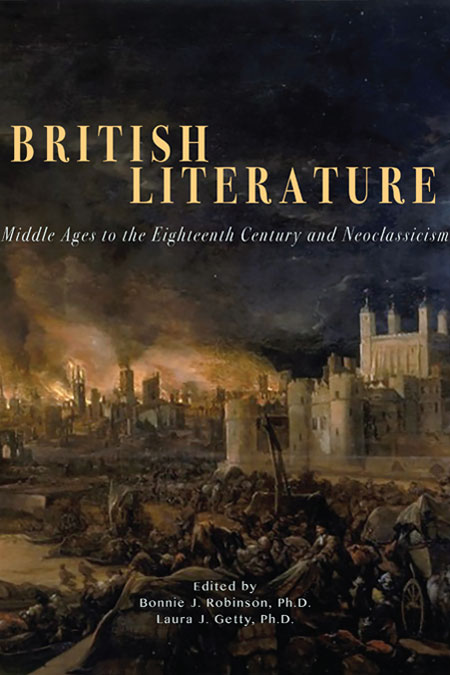On 21st November 1811, on a lake’s edge near Potsdam, a 34-year-old Kleist shot himself dead in a suicide pact with his terminally ill lover. He left behind him just under a decade of intense literary output which has established him as one of the most important writers of the German romantic period. On the bicentenary of his death, Kleist scholar Steven Howe explores the importance of his first dramatic work and how in it can be seen the themes of his later masterpieces.
Heinrich von Kleist is without doubt one of the most challenging figures in German literary history. In a career lasting a little under a decade, from 1802 through to his premature death in 1811, he produced a remarkable body of creative work that radically called into question the prevailing intellectual, aesthetic and ethical orthodoxies of the age. Today, Kleist is perhaps most familiar, certainly to British audiences, as the dramatist behind the violently tragic Penthesilea and the brilliantly enigmatic The Prince of Homburg, and as the author of a series of daring and dramatic short stories, including Michael Kohlhaas, The Marquise of O…, and The Earthquake in Chile. Altogether less well-known, however (notwithstanding Eric Bentley’s adaptation in German Requiem), is his first major literary production, the five act play The Schroffenstein Family, published in 1803. Aside from a brief premiere at the National Theatre in Graz in January 1804, the drama found little immediate resonance, and it has traditionally been regarded as belonging to the second class of the author’s imaginative work. Kleist, for his part, also seems to have attached little value to the piece, referring to it in a letter to his sister, Ulrike, as a ‘wretched botched job’. That the drama suffers from the defects one might expect of the first work of a young poet is a point that few would demur: the language is overwrought, the plot convoluted, and the entire exposition lacks the refined touch which Kleist was later to perfect. That being said, the play nonetheless contains a number of scenes and episodes which provide an early glimpse of the author’s promise and genius, and introduces several of the most significant themes and features which were to subsequently become a hallmark of his poetics.
The tragic trajectory of the play is set by the issue that Ottokar, the elder son of Rupert, partakes in this oath-swearing, unaware that the girl with whom he has fallen in love, Agnes, is the daughter of Sylvester. Once alerted to the fact, he is convinced by Agnes of her father’s innocence in the matter of the child’s death and attempts to negotiate a reconciliation between the warring counts. His efforts are thwarted, however, by Rupert’s burning hatred for Sylvester and his untameable lust for revenge. Upon learning of his son’s clandestine affair, Rupert resolves to murder Agnes, and when the two lovers secretly meet at a mountain cave, he and his vassal, Santing, accost them. In an attempt to deceive his father and protect his beloved, Ottokar exchanges clothes with Agnes; failing to note the switch in the darkness, Rupert stabs his own son to death, whereupon the presently arriving Sylvester follows suit by murdering Agnes in the mistaken belief that she is Ottokar. Ironically – or perhaps appropriately – it falls to the blind grandfather, Sylvius, to recognise the true identities of the two victims and reveal the double filicide. At the play’s end, an old widow, Ursula, discloses the true state of affairs, namely that Rupert’s son’s death was accidental – he drowned in a forest brook. With the misunderstanding resolved, a despairing reconciliation follows, and the drama closes with the mad-driven bastard son of the Rossitz house, Johann, addressing Ursula as master and personification of fate.
That the mechanisms of fate and chance do serve as an important motor for the action of the drama is very much an accepted commonplace in interpretive criticism. In his personal letters, Kleist reveals a fascination with the unknowable powers of contingency and coincidence that intrude upon and shape the life of the individual, and such concerns penetrate to the core of many of his literary works: time and again, he confronts his characters with situations over which they have no control and to which they must then react. In Schroffenstein, chance happenings are heaped upon one another in such a way as to both blunt much of the originality of the constellation, and to strain reader credulity after the fashion of the Gothic tale – it is not without reason that Matthew G. Lewis’s The Monk has been cited as a possible source of inspiration. The outcome is a demonstration of the operations of fate and contingency which, viewed in a narrow sense, seems at times laboured and contrived. The design of the inquiry is, however – in a further parallel to Romeo and Juliet – overlaid with a deeper disquisition on the limitations of human awareness. Ursula’s laconic words to Rupert and Sylvester, ‘If you kill one another, it is an error’, acquire, in this context, special relevance, pointing as they do towards the movement of error and the instances of misunderstanding that drive the action to its tragic close. Here one can detect the influence of Kleist’s encounter with Kantian philosophy, which appears to have shattered his faith in the possibilities of absolute truth and knowledge. The fallibility of perception emerges, as a consequence, as a dominant theme and subject of reflection in Kleist’s work, and remains so across his entire literary corpus. In Schroffenstein, this manifests itself through the frequent recurrence of error and confusion, bred by the characters’ inability to communicate and their attendant susceptibility to misreading reality. Typically, Kleist drives the issue towards aesthetic extremes, crafting an enveloping atmosphere of illusion, deceit and suspicion within the extended family which, in turn, calls forth gruesome acts of vengeance and retributive violence. In this regard, the drama can perhaps be seen as the most Jacobean and Sturm und Drang-like of Kleist’s works – as a grizzly, though at times darkly comedic, exploration of the workings of fate and the human capacity for misunderstanding, and of their effects in unleashing man’s violent potentialities.











